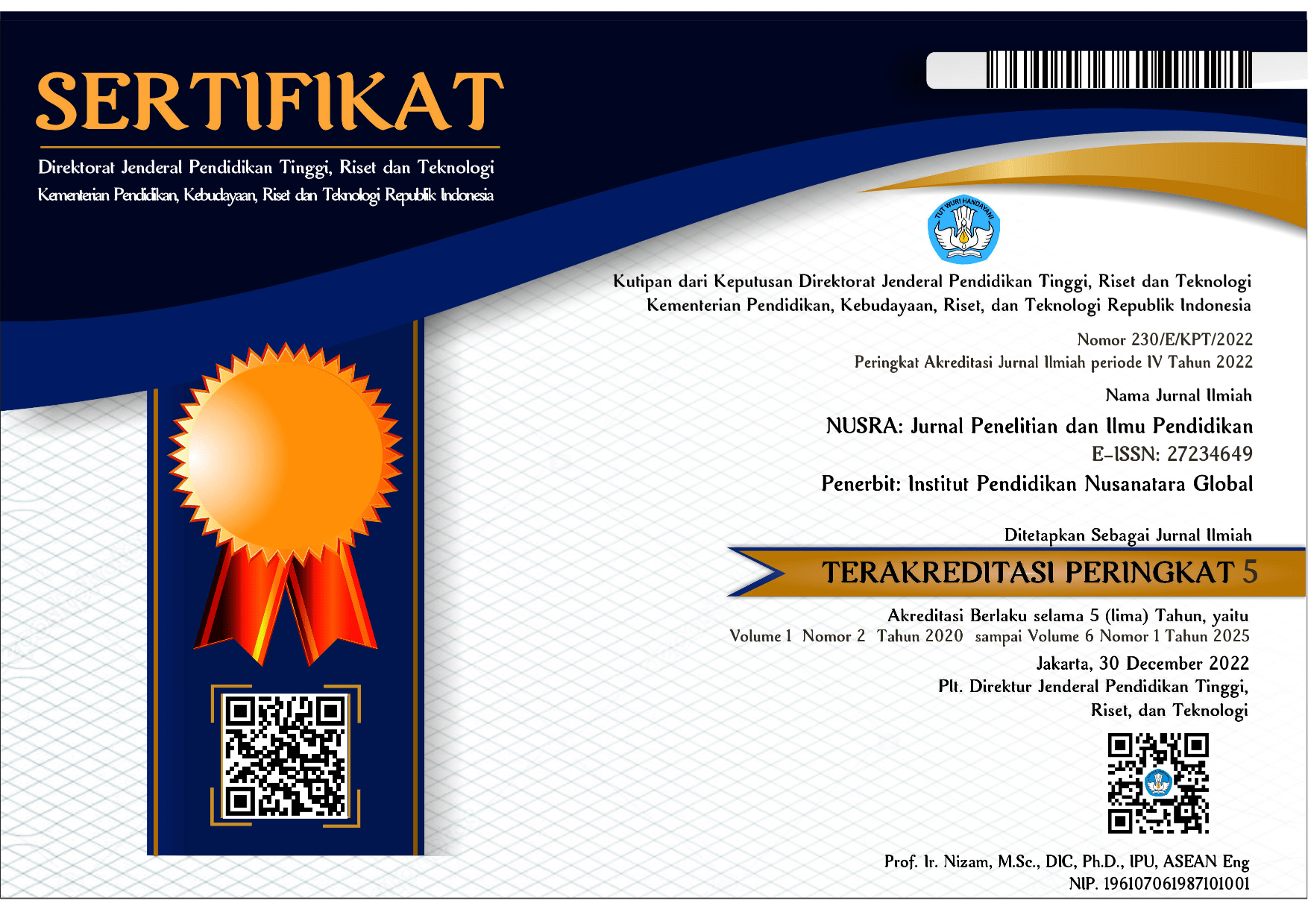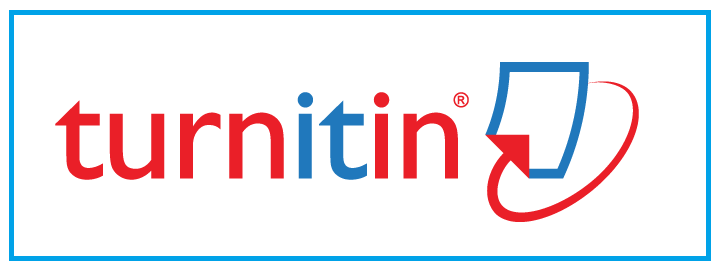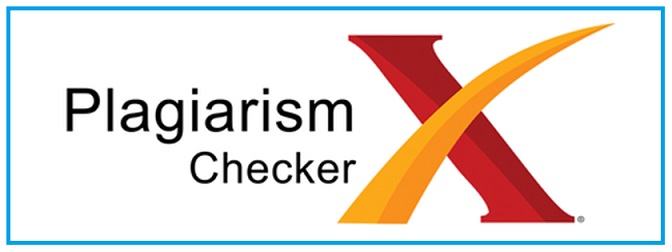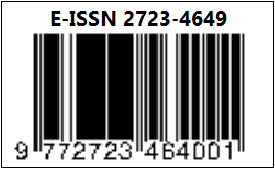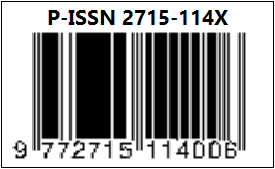The Effectiveness of Jigsaw Technique in Teaching Reading at The Second Grades Student of Senior High School
DOI:
https://doi.org/10.55681/nusra.v5i2.2709Keywords:
Jigsaw Technique, Student’s Reading Achievement, Eleventh Grade StudentsAbstract
The purpose of this research is to find out the effectiveness of Jigsaw technique in teaching reading. This study used an experimental design. The population of the research was 29 students and the sample was taken 29 students from all of the population. To take the sample the present researcher used purposive sampling technique. In collecting data, the present researcher used instrument to measure students’ effectiveness of Jigsaw Technique in reading. To analyze data, the present researcher used paired-samples t-test to find out the effectiveness of the technique. The result of data analysis that there was a significant difference in the scores between the pre-test and the post-test, was significance at p = 0.000, meaning that the null hypothesis is rejected (Ho) and alternative hypothesis is accepted (Ha).It means that there was a significant effectiveness of Jigsaw Technique in teaching reading for the tenth graders of MA NW Sikur in the academic year 2023-2024.
Downloads
References
Arikunto, Suharsima. (2016). Prosedur Penelitian Pendekatan Praktek. Jakarta.Rineka Cipta.
Aronson, E., Blaney, N, Stephan, C, Sikes, I, & Snapp, M, 1978. The Jigsaw Classroom , Beverly Hills, CA: Sage.
Burhanuddin, B., Rosmiaty, R., & Fadilah, N. (2020). A Correlative Study on EFL Students' Binge Watching Behaviors and Their Vocabulary Mastery. ELT Worldwide, 7(2), 116-119.
Chomsky, N. (2002). On nature and language. Cambridge University Press.
Donald, A., Jacobs, L. C., Razavieh, A., & Sorensen, C. (2010). Introduction to research in education. New York: Nelson Education, Ltd.
Gintings, A. (2008). Essensi Praktis Belajar dan Pembelajaran. Bandung: Humaniora.
Laland, K. N., & Bateson, P. (2001). The mechanisms of imitation. Cybernetics & Systems, 32(1-2), 195-224.
McKay, S. L. (2018). English as an international language: What it is and what it means for pedagogy. RELC Journal, 49(1), 9-23.
Moedjito. 2014. Basic statistic for research in language education. Unpublished Modul: STKIP Hamzanwadi Selong, Nusa Tenggara Barat, Indonesia.
Rosyidi, A. Z. (2018). The Effectiveness of Problem Based Learning (PBL) Method in Teaching Reading. IJECA (International Journal of Education and Curriculum Application), 17-22.
Rosyidi, A. Z., & Darmanto, D. (2020). A Study on Students’ Ability in Reading Descriptive Text; A Case Study at SMAN 1 Sikur. Journal of Languages and Language Teaching, 8(3), 330-335.
Safkolam, R., Ahmad Zaky El Islami, R., & Sari, I. J. (2023). The Effects of Jigsaw Technique on Learning Achievement and Retention of Science Teacher Students. Shanlax International Journal of Education, 11(3), 37–42.
Speidel, G. E., & Nelson, K. E. (Eds.). (2012). The many faces of imitation in language learning (Vol. 24). Springer Science & Business Media.
Sugiyono, D. (2013). Metode penelitian pendidikan pendekatan kuantitatif, kualitatif dan R&D.
Downloads
Published
How to Cite
Issue
Section
License
Copyright (c) 2024 Ahmad Zuhri Rosyidi, M. Wahyu Hadi

This work is licensed under a Creative Commons Attribution-ShareAlike 4.0 International License.


